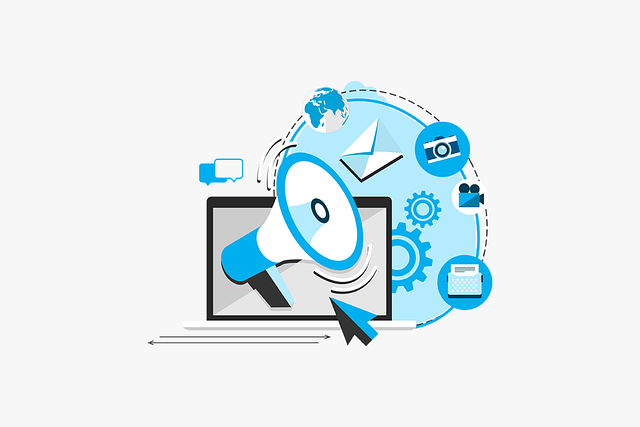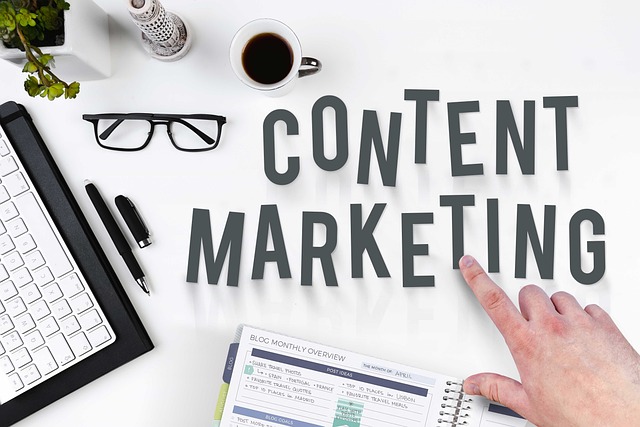In today’s competitive business landscape, a well-defined sales funnel is crucial for converting leads into loyal customers. This guide delves into the intricacies of sales funnels, from the initial stages of brand awareness to the final point of conversion, and equips you with effective strategies to optimize each step for maximum impact.
Understanding the Sales Funnel:
A sales funnel, also known as a marketing funnel, is a visualization of the customer journey, outlining the different stages a potential customer goes through before making a purchase. These stages typically include:
- Awareness: Introducing your brand and products to potential customers, sparking their interest.
- Interest: Capturing their attention by providing valuable information and addressing their needs.
- Decision: Nurturing leads and guiding them towards making a purchasing decision.
- Action: Converting leads into paying customers through compelling calls to action.
- Retention: Fostering customer loyalty and encouraging repeat purchases.
Optimizing Each Stage for Maximum Effectiveness:
1. Awareness:
- Content marketing: Utilize informative blog posts, social media content, and engaging videos to establish brand awareness and thought leadership.
- Search engine optimization (SEO): Ensure your website ranks high in search engine results pages (SERPs) for relevant keywords to attract potential customers organically.
- Paid advertising: Leverage targeted advertising campaigns on platforms like Google Ads and social media to reach your ideal audience.
2. Interest:
- Lead magnets: Offer free downloadable resources like ebooks, white papers, or webinars in exchange for contact information, allowing you to nurture leads further.
- Email marketing: Build an email list and send engaging email campaigns that educate, entertain, and nurture leads towards a purchase decision.
- Personalized experiences: Tailor your marketing messages and website content to individual user preferences and browsing behavior to increase engagement.
3. Decision:
- Social proof: Showcase testimonials, case studies, and customer reviews to build trust and credibility.
- Free trials or demos: Offer free trials or product demos to allow potential customers to experience the value proposition firsthand.
- Comparison guides: Provide clear and informative comparisons of your product or service against competitors, highlighting your unique selling points.
4. Action:
- Compelling calls to action (CTAs): Use clear and concise CTAs throughout your marketing materials to guide leads towards the desired action, such as making a purchase or signing up for a free trial.
- Streamlined checkout process: Ensure your checkout process is user-friendly and minimizes friction points to facilitate smooth conversions.
- Multiple payment options: Offer various payment methods to cater to diverse customer preferences and enhance convenience.
5. Retention:
- Loyalty programs: Reward repeat customers with exclusive discounts, points systems, or special offers to foster loyalty and encourage repeat business.
- Exceptional customer service: Provide prompt, efficient, and personalized customer service to build positive relationships and encourage customer satisfaction.
- Targeted marketing: Continue to engage with existing customers through personalized email marketing campaigns and exclusive offers to maintain brand loyalty.
By implementing these strategies and continuously optimizing your sales funnel, you can effectively convert leads into customers, drive sales growth, and achieve sustainable business success.



